Alicia Matavosian: Student Report from 2018 Alternative Spring Break to Nicaragua
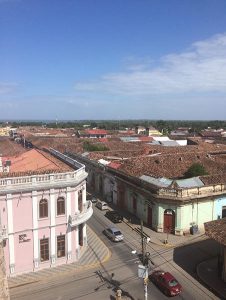
During my travels in Nicaragua, I was surprised by the various means of transportation used to get from place to place and how they contrasted with what I am accustomed to in Knoxville, Tennessee. In the city streets of Granada, cars buzzed along the roads followed by the rumble of motorcycles and the soft whistle of bicycle wheels. There seemed to be a majority of people who rode either a motorcycle or a bicycle rather than a car, which was a sharp contrast to my hometown. This may have contributed to reason why the streets in Granada were less congested than Knoxville’s streets. Another interesting sight was seeing motorcyclists and bicyclers leave their bikes/bicycles on the side of the street when not in use. They did not lock their means of transportation in place nor did they take any precautions against theft. And while I was there, we did not see any of these items stolen.
Several pedestrians padded across the sidewalks that cupped the streets on either side or if a sidewalk was absent, they would walk along the side of the road in large groups. Cars would pass by them with only a foot or two between them. There were also no crosswalks at intersections, forcing pedestrians to wait for the proper moment to race across a road. Despite the lack of distance, neither the pedestrians nor the car drivers appeared to be worried.
The tourists could easily be picked out from the crowds by their means of transportation. Instead of riding bicycles or motorcycles, they were often traveling “in style” with white buses or, in some cases, with a horse-drawn carriage. I’ll admit that I saw two tourists driving cars as well, but other than my group, I did not notice any non-natives riding bicycles or motorcycles. In other words, the tourists obviously stood out.
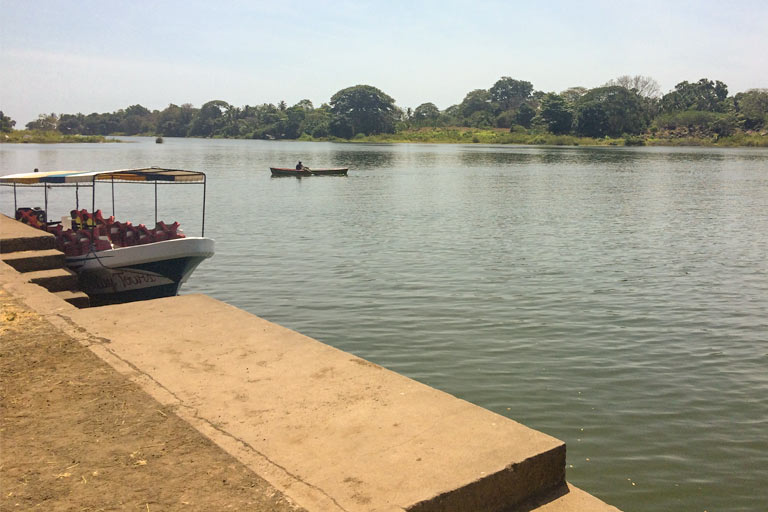
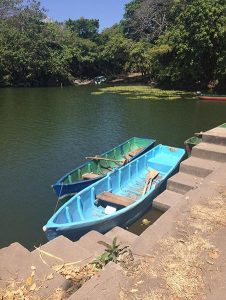
On the shores of Lake Nicaragua, the islanders used a unique means of travel. With only water surrounding their homes, they were forced to make a decision between using the water or using the sky. Choosing the water, the Islanders would paddle in boats of varying size and shape (depending on the purpose of the boat). If the boat was intended to be used for nothing more than transportation, it would resemble a kayak. Boats used for work such as fishing or tours were larger, cost more, and could be motorized. An interesting story our guide told us was that he had watched little children climb into their own paddle boat, paddle to the mainland, then walk a distance to the equivalent of an elementary school all on their own. Just like the unguarded bikes and bicycles, it seems like these children were left without supervision. This might be a sign that those native to Granada see their country as safe and thus see no problem with these actions.
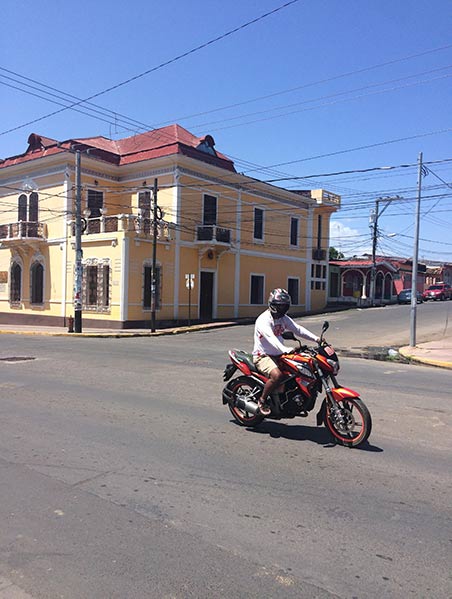
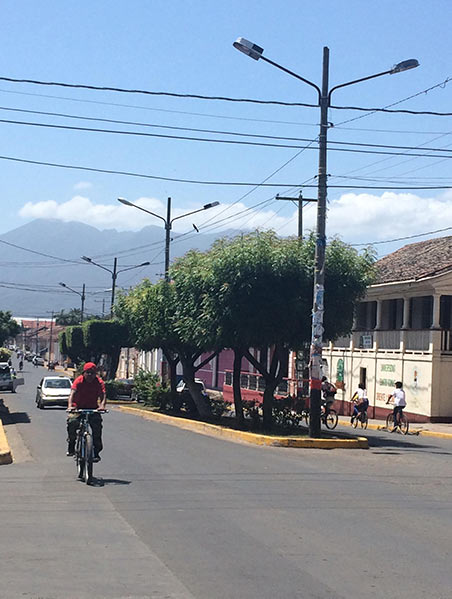
From the examples I have listed here, I have hoped to show how transportation was different in the city of Granada compared to the typical American city. In retrospect, when comparing this to New York City, or any other major American city, several of these means of transportation would be similar to that of Granada. While there would be more security measures, many more people would walk the streets, more bicyclers would pedal through bike-only lanes, and more bikers would soar by on their motorcycles. There would also be personal lanes and sidewalks for walkers, bicyclers, and bikers (including those in vehicles) to prevent them from intermingling and potentially hurting one another. Intersections would have crosswalks to maintain this distance. The tourists would also still stand out in their own way. Despite the seemingly long list of differences, it is interesting to find that there were also several similarities between two very different cities.